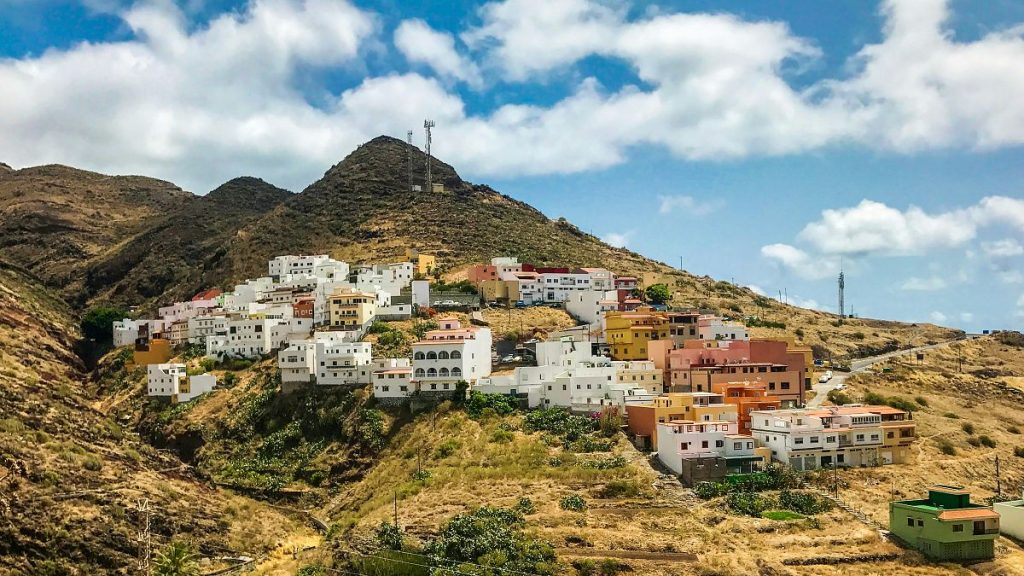In recent years, the issue of overtourism has led many travelers to reconsider their travel destinations, prompting a search for alternative locations that not only welcome visitors but also provide economic benefits to local communities. The post-pandemic surge in travel, combined with factors such as low-cost flights and an expanding cruise industry, has intensified the overtourism crisis in many European locales. This situation has spurred a variety of responses, including tourist taxes, bans on photography in certain areas, and a reevaluation of previously attractive digital nomad visa programs. The effects have prompted residents in cities like Venice and regions such as the Balearics to voice their concerns over unsustainable tourist numbers, leading both locals and travelers to seek out less-trafficked, yet engaging, destinations.
One such promising alternative destination is Extremadura, a relatively under-visited autonomous community in Spain that borders Portugal. Despite its rich natural landscapes, historical sites, and a capital city filled with Roman ruins, Extremadura faces challenges including a low GDP per capita and high unemployment rates. To counter these issues, the regional government has implemented an initiative offering digital nomads grants up to €15,000 to incentivize their relocation to the area. By investing €2 million to attract 200 remote workers, Extremadura aims to rejuvenate its economy and enhance its population, making it ideal for both holidaymakers and those seeking a slower-paced lifestyle.
In addition to Extremadura, many rural communities in Spain are actively working to mitigate depopulation by attracting tourists and digital nomads. A notable example is Rooral, an association founded to support small villages experiencing demographic decline. The organization sets up permanent bases in these areas, like Benarrabá in Andalusia, fostering a welcoming atmosphere for remote workers. In concert with this initiative, a coalition known as Los Pueblos Más Bonitos de España (The Most Beautiful Villages in Spain) highlights the architectural and cultural richness of rural settings. Notably, Anento, which dramatically increased its annual visitor numbers from 2,000 to 45,000, has begun benefitting economically from this influx, showcasing how rural tourism can be both sustainable and vital for preserving local cultures.
In the Arctic, Greenland is seeking to boost tourism via new infrastructure, including a recently opened airport in Nuuk that connects the capital city to various towns and international destinations. The establishment of this airport reflects the region’s ambition to encourage year-round tourism. Traditionally characterized by seasonal peaks during warmer months, Greenland is working on attracting visitors in the winter with innovative accommodations like aurora cabins and igloos that offer unique experiences in the cold and remote landscapes. By highlighting natural attractions, including the Northern Lights, Greenland aims to diversify its tourism offerings and engage travelers year-round, providing sustenance to local economies.
Romania, recently admitted to the Schengen Zone, is also striving to position itself as a viable alternative for travelers looking to escape overtourism hotspots in Western Europe. Through initiatives like TouristGo.ro, which targets music lovers attending events such as the Electric Castle festival, Romania aims to broaden its appeal to tourists. Campaigns emphasizing local hospitality—like the slogans “In some cities they don’t want you, but in Romania we love you”—successfully attract attention to lesser-known but culturally rich destinations within the country. Such marketing strategies invite a fresh influx of tourism that is not only sustainable but also beneficial to local communities, underscoring Romania’s commitment to becoming a desirable travel destination amid transit-related challenges faced by other popular European sites.
The growing movement toward more responsible travel reflects a significant shift in the tourism landscape, driven by the dual concerns of overtourism and its socioeconomic implications. As travelers become increasingly conscientious about their choices, the demand for lesser-known destinations grows. From Extremadura’s economic reinvigoration through digital nomads to rural Spanish communities revitalizing their settings through strategic tourism, these examples showcase the potential of tourism as a corrective force in regions grappling with economic hardship and population decline. As countries like Greenland and Romania develop strategies to capitalize on their unique offerings, they affirm the importance of diversifying the travel experience and paving the way for a more equitable and sustainable tourism future.
Ultimately, the quest to avoid contributing to overtourism is reshaping the travel industry. Innovations from locations across Europe and beyond indicate that travelers can access authentic experiences while simultaneously supporting communities that are eager for visitation yet mindful of sustainability. This trend empowers travelers to make informed decisions, encouraging them to explore vibrant, welcoming locales that embody the essence of cultural exchange and mutual benefit. As this movement gains traction, it underscores the vital balance between tourism development and local welfare, ensuring that both residents and visitors can enjoy the fruits of travel in sustainable harmony.














